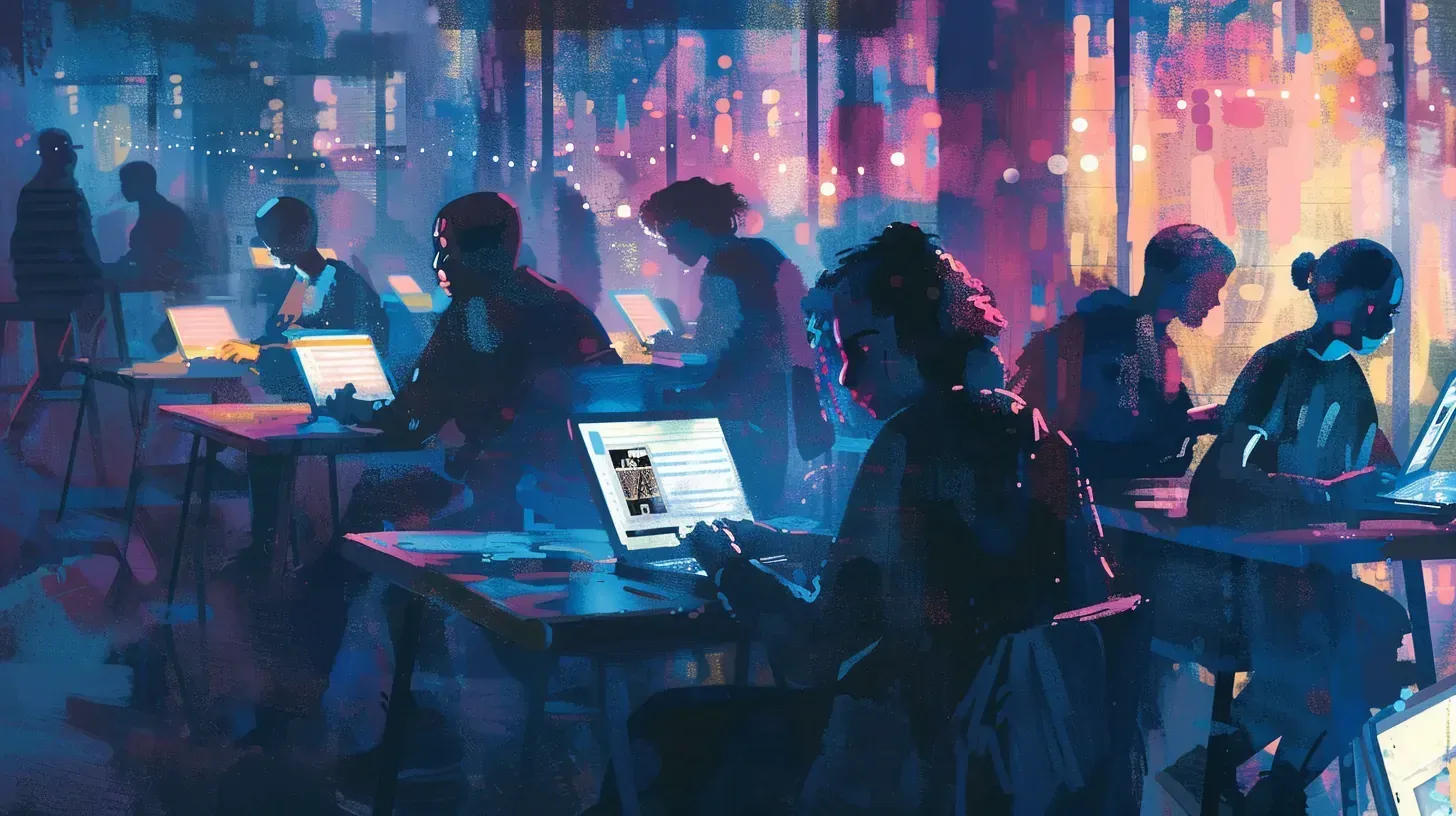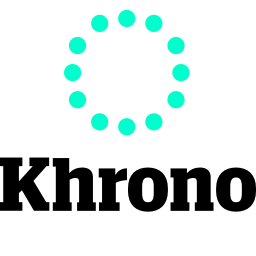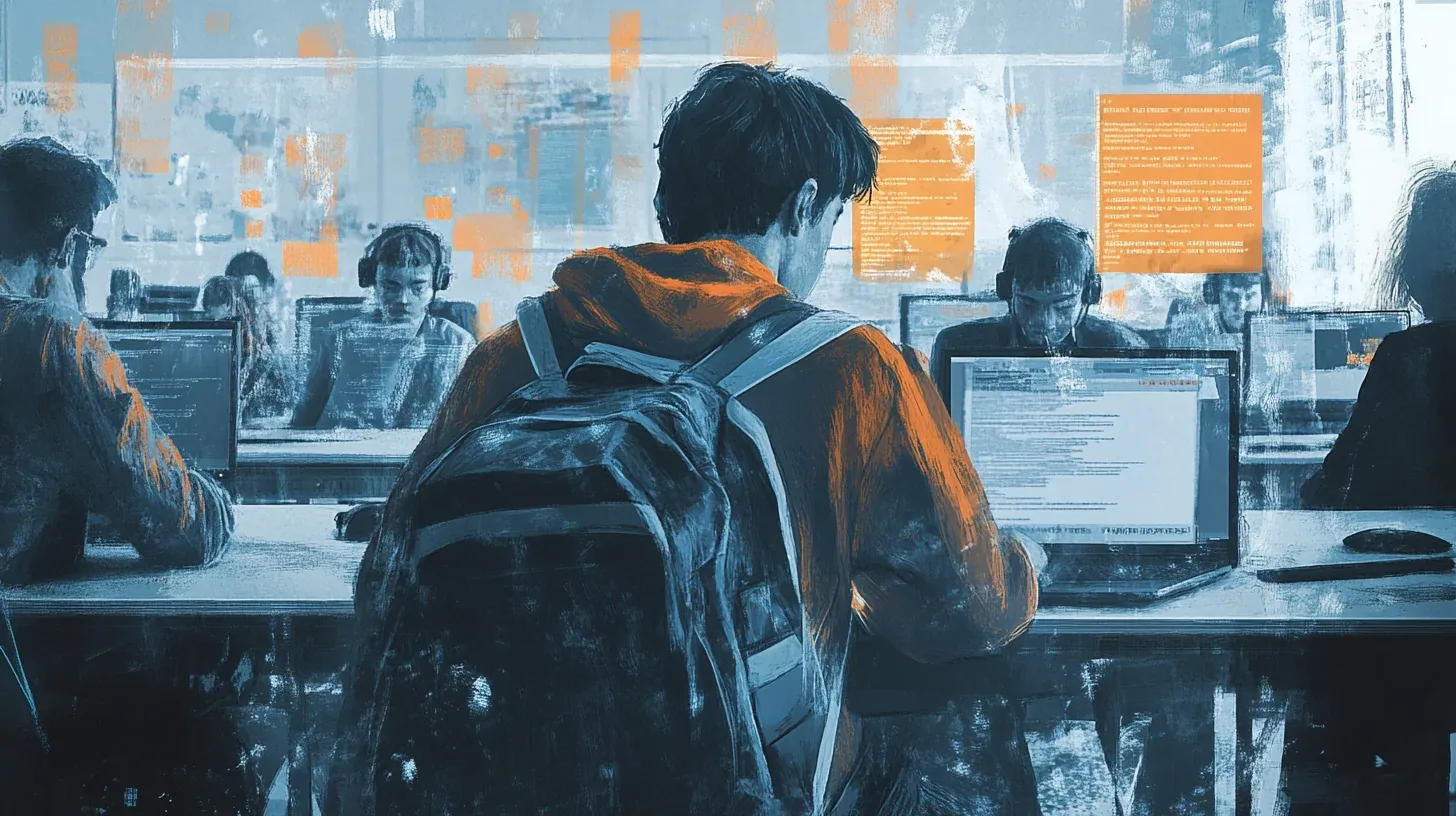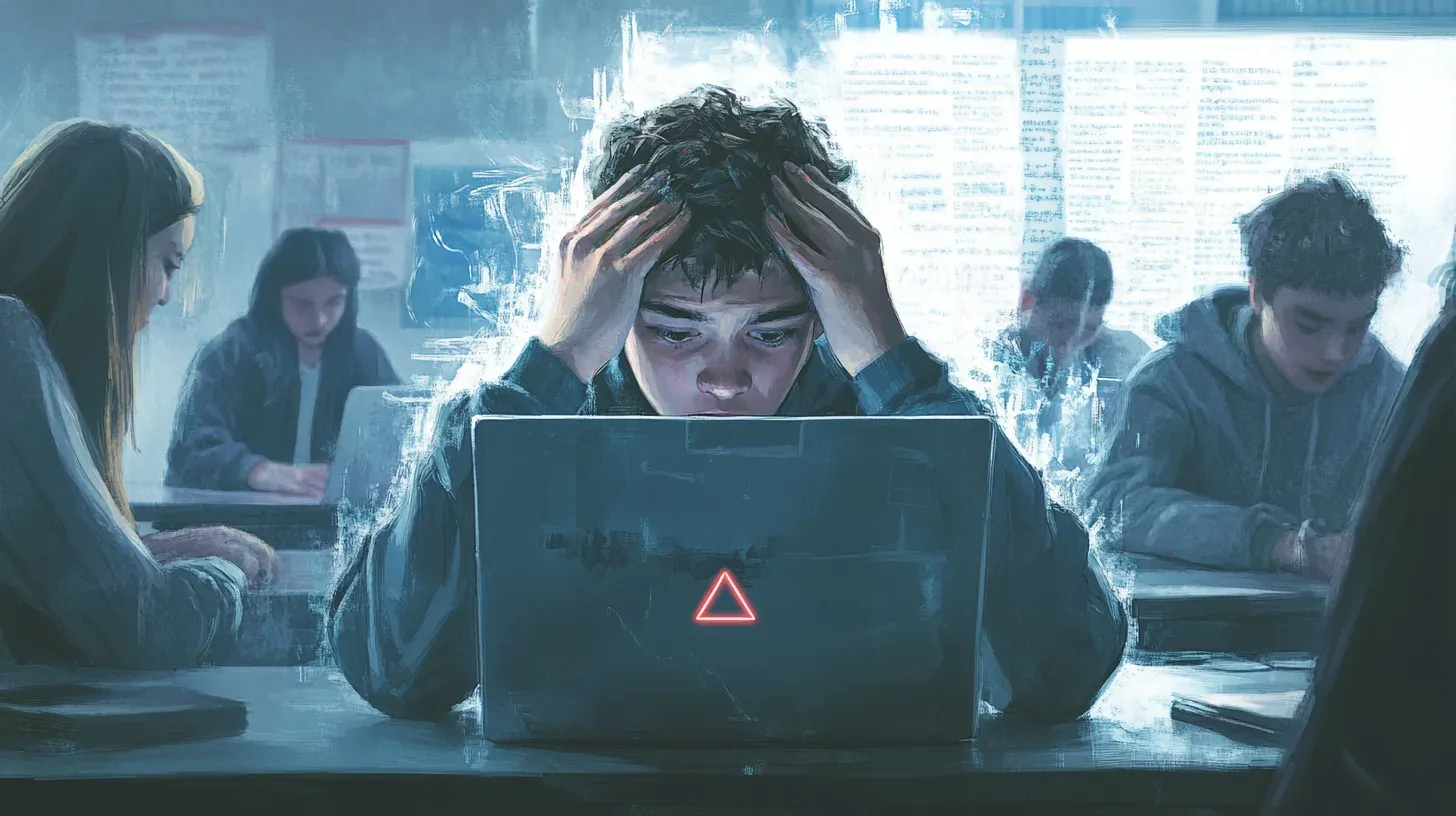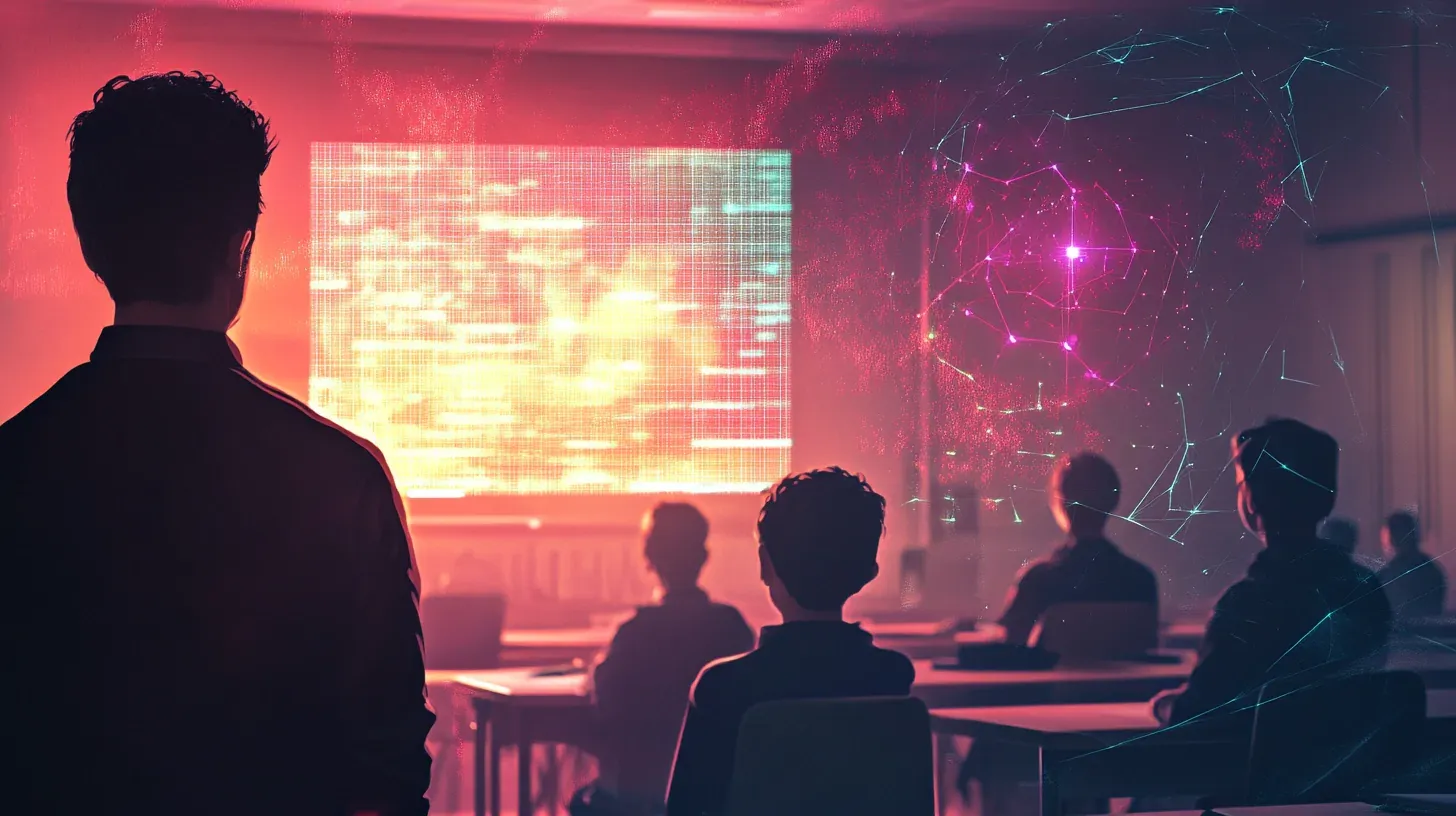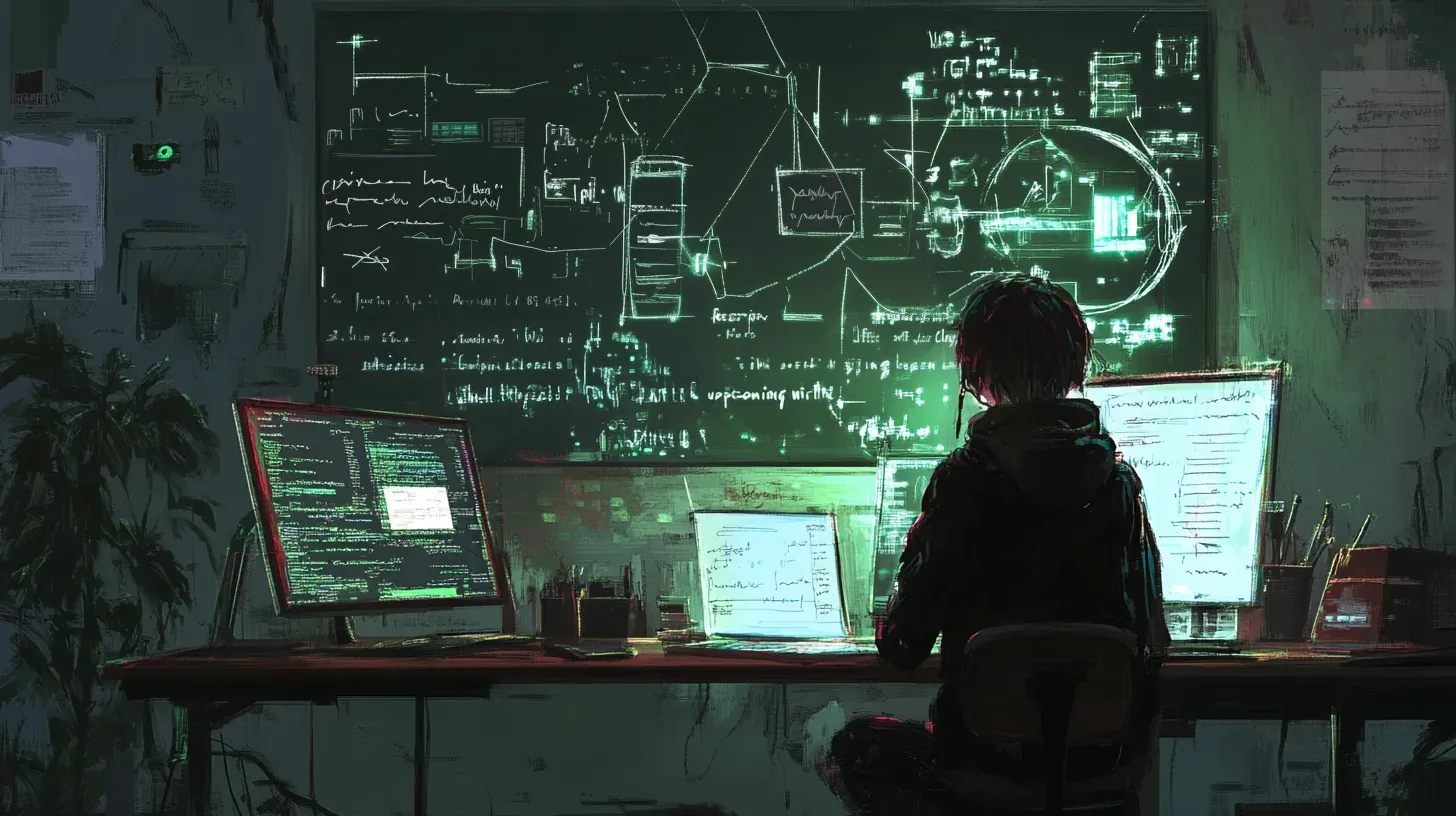We have had a little winter holiday in the past week, so there was no Monday newsletter either. But now we are back, and here we have collected all the new things about artificial intelligence and education.
The last week has been a race between the big players in artificial intelligence, and several new products have been launched.
Google announced their Gemini 1.5 Pro, which can handle a lot of content, and OpenAI shared how they are working on building memory into ChatGPT. But the vast news has probably been that OpenAI has just launched a text-to-video model, which moves the bar for what is possible in many ways. In the newsletter, we put on the teaching glasses and come up with our predictions for what this could mean for the teaching aids of the future.
In addition, Denmark also has a new digitization strategy, and we have extracted the most essential points that deal with the education sector.
Good reading
OpenAI's Sora: Text to Video
Last week, OpenAI published their text-to-video model, called Sora. What sets Sora apart from systems like Runway and Pika is the high quality, and videos of up to one minute can be generated. If you haven't seen the videos, OpenAI has collected the most interesting ones here:
The model can also make several videos of the same situation from different angles:
Who has access to Sora is still limited. Initially, only members of OpenAI's Red Teaming Network are allowed to use the model to evaluate potential risks and negative consequences of the model. At the same time, it opens up for several creative artists, such as designers and filmmakers. Something that could become a big problem with technology is that it makes it even easier to create fake videos. We previously wrote about it on Viden.AI in the article: Ethical aspects of chatbots in education - misinformation and disinformation. Jyllands-Posten has also highlighted these challenges of the technology in an interesting article (behind a paywall): "Now it will be public property to manipulate videos and potentially create misinformation".
Suppose you look a little closer at the videos. In that case, you will notice that they are incredibly high photo-realistic quality and that people and objects in the background follow the camera's movements. Sora appears to develop a solid 3D "understanding" of scenes where characters and objects move realistically in a continuous manner. If you want to know how Sora works, we recommend reading Mike Young's article: How Sora (actually) works.
In the future, technology will be used in teaching to enrich teaching aids. For example, Sora can be utilized to generate videos that visualize historical events or explain scientific concepts in a way that can increase students' understanding (if you are also highly critical of the sources). Suppose the student or teacher can describe the content. In that case, Sora can visualize the ideas and thus engagingly unfold the content adapted to the individual student.
At Viden.AI, we imagine that future teaching materials will eventually transition to advanced multimodal interactive and adaptive learning tools, which are thus adapted to the individual, and the student initiates his learning experiences.



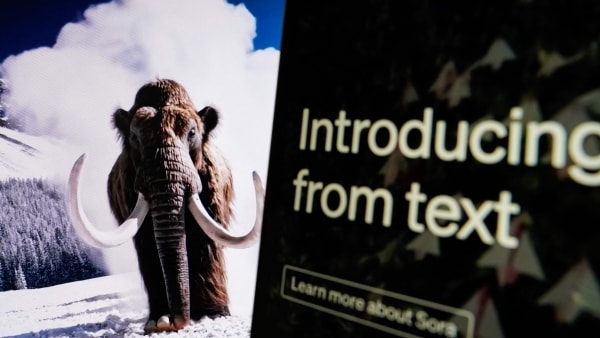
Denmark's new digitization strategy
On 8 February 2024, Denmark got a new digitization strategy, with the government allocating DKK 740 million for investments in digitization. Below, we have collected the most critical initiatives that deal with the education sector.
- 160 million DKK is set aside from 2024 to 2026 to integrate technology understanding into primary school teaching.
- 10 million DKK is invested with a focus on further development of teacher education. This also includes the competence development of teachers.
- 35 million DKK will be allocated 2024 for digital competence and teaching development in higher education.
- 30 million DKK will be invested in 2024-2026 for further training and retention of IT specialists and strengthening vocational candidate courses in the IT programs.
- 61 million DKK is set aside for strategic efforts for the utilization of artificial intelligence in the period 2024-2027, including the possible development of a Danish language model.
Read more about the agreement below:
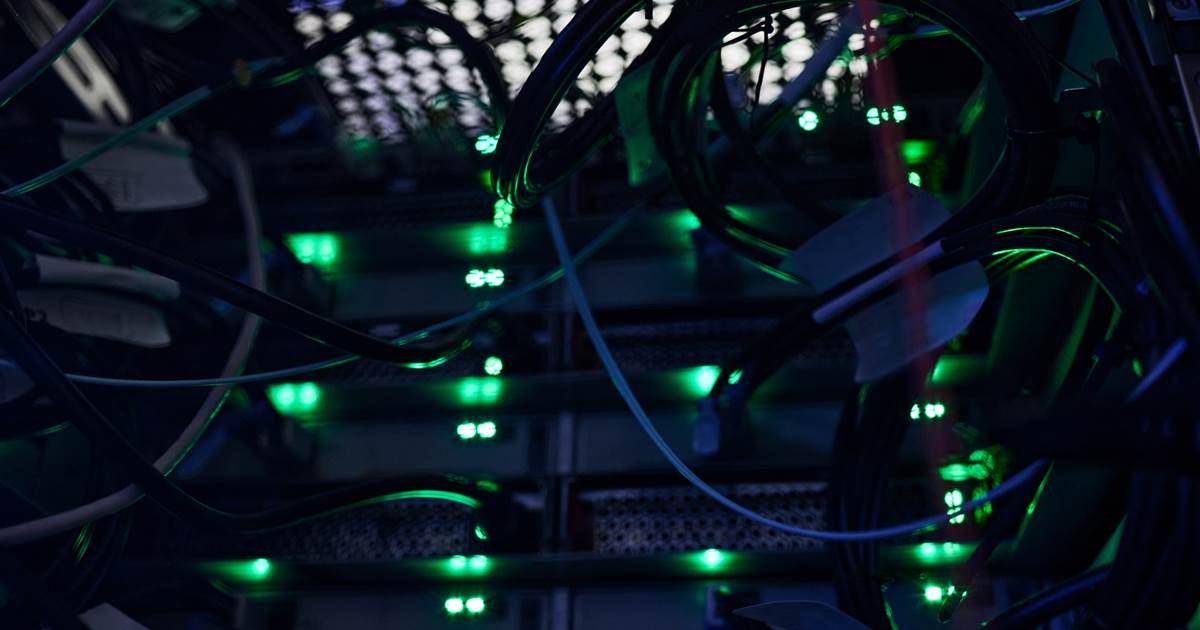
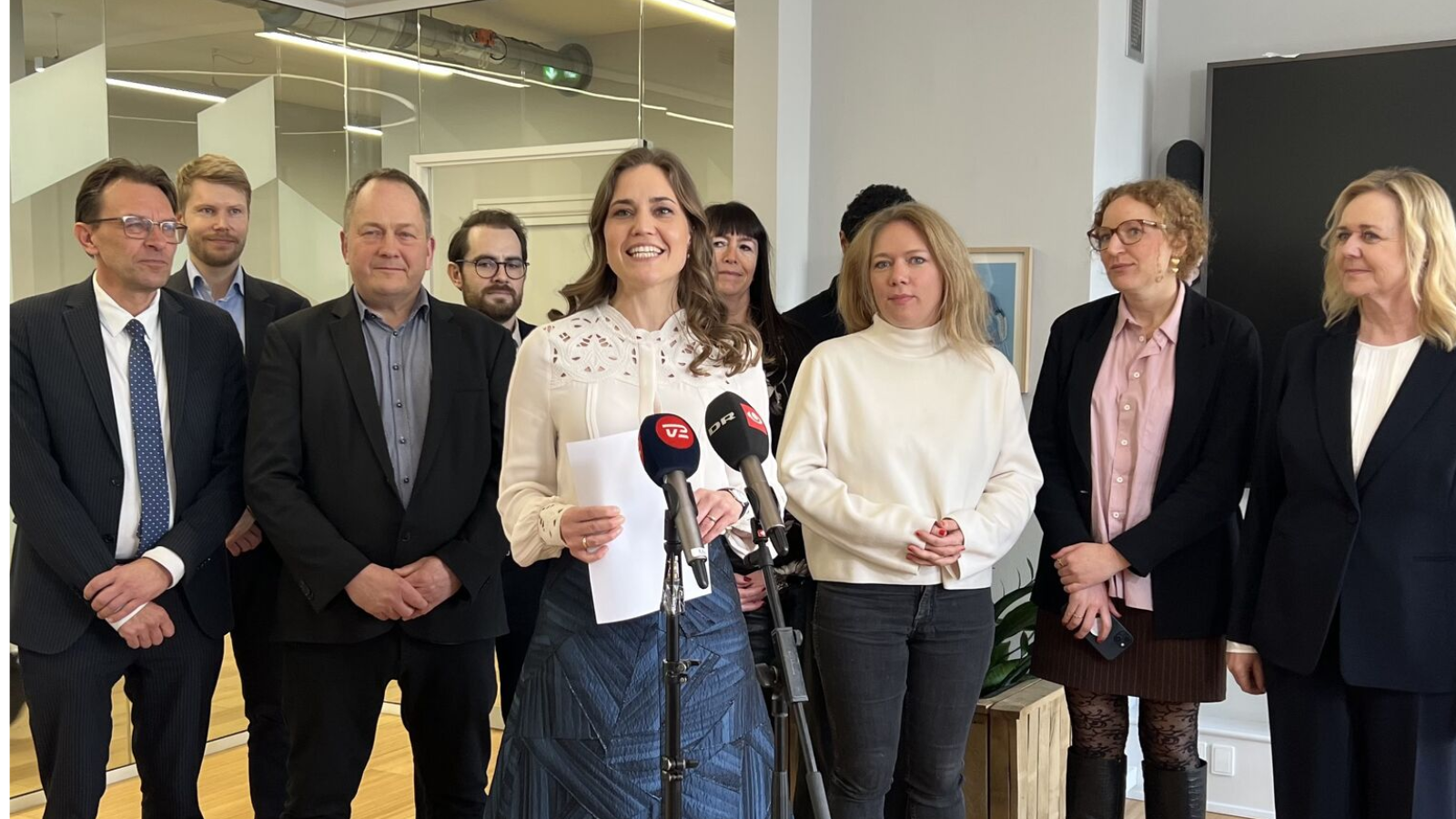
Google Gemini saves your conversations for up to three years
The things you write to Google Gemini can be reviewed by humans and used to improve the model, and at the same time, this data can be stored for up to three years.
Conversations that have been reviewed or annotated by human reviewers (and related data like your language, device type, location info, or feedback) are not deleted when you delete your Gemini Apps activity because they are kept separately and are not connected to your Google Account. Instead, they are retained for up to three years.
All in all, the user must know how to use the language models. For example, ChatGPT saves conversations for 30 days, except if the user has a business-level subscription.
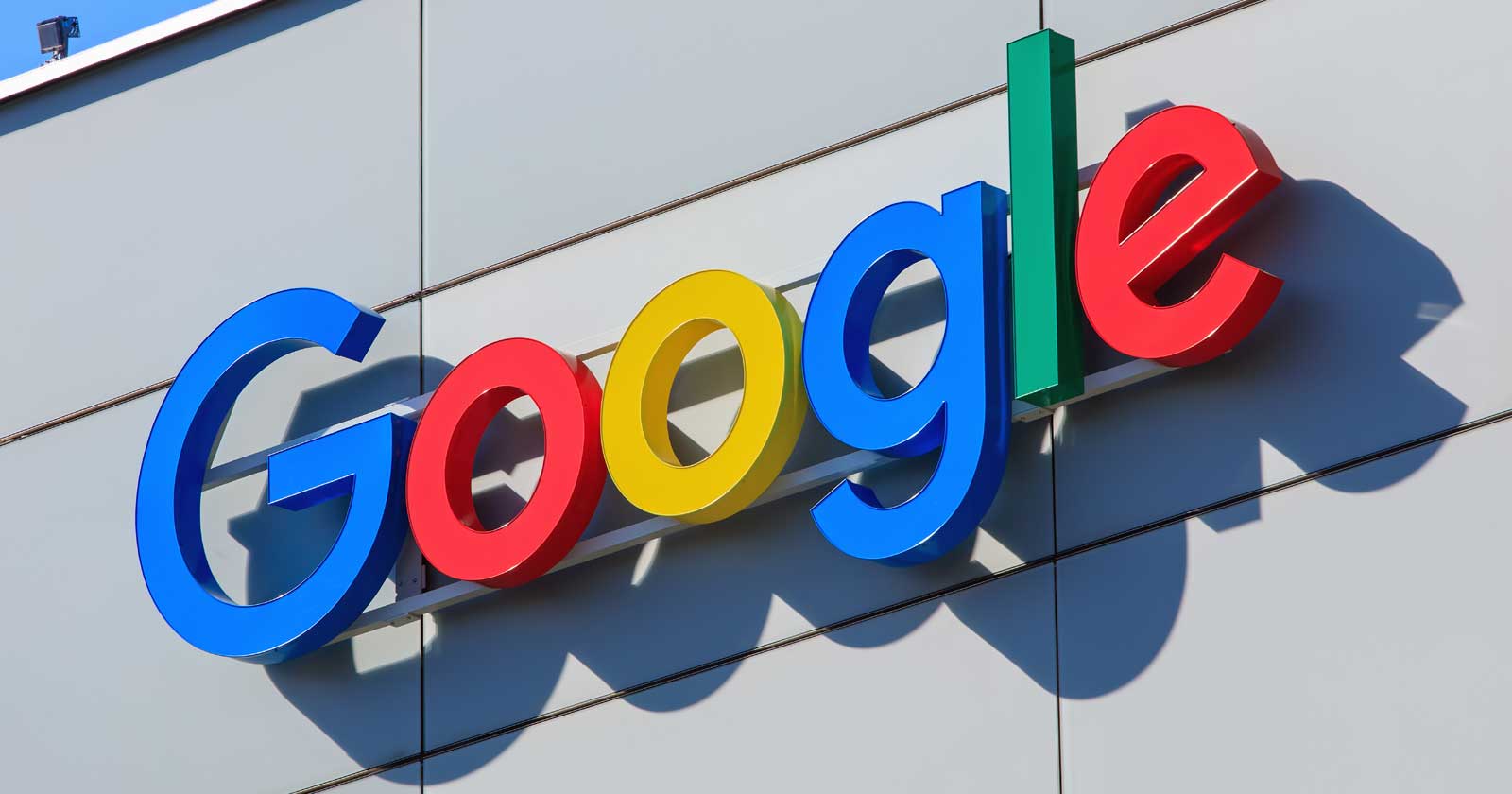
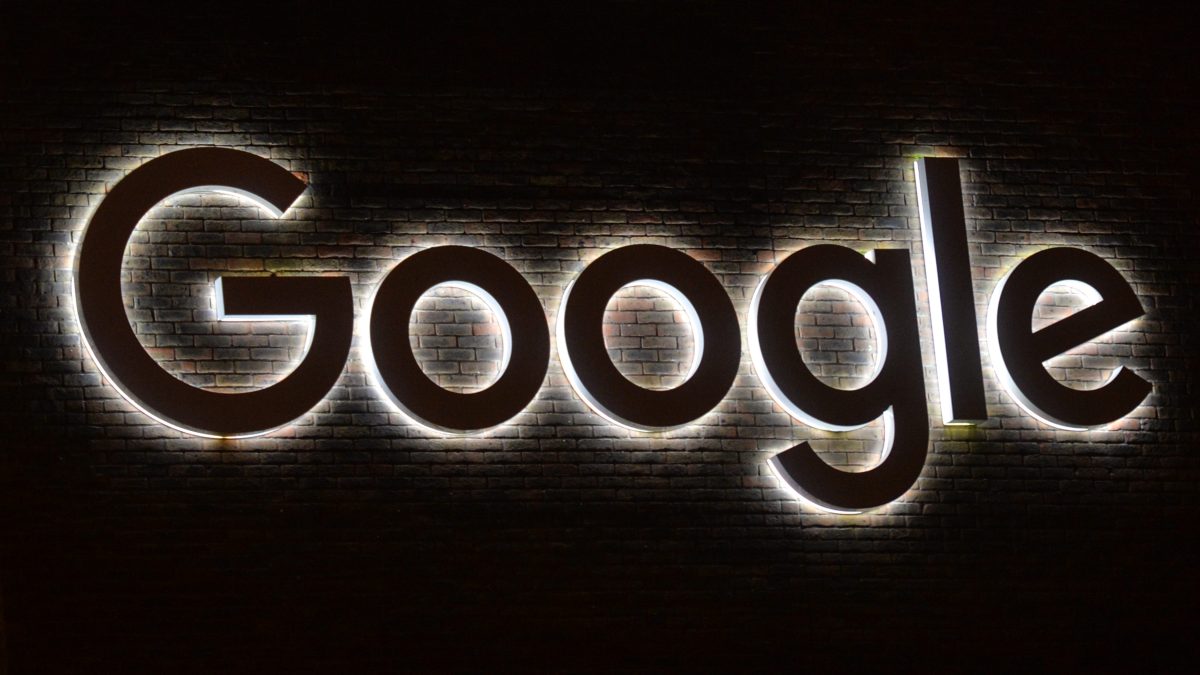
ChatGPT gets memory
OpenAI is rolling out a new feature for ChatGPT that allows the language model to draw on information from previous conversations, or you can let it remember something special. It can be helpful, for example, when creating courses for teaching, that ChatGPT knows in advance that each module is 105 minutes and that the language model knows how you would like it all set up.
The feature has been rolled out to a small group of people and will later be rolled out to a broader group.

huge
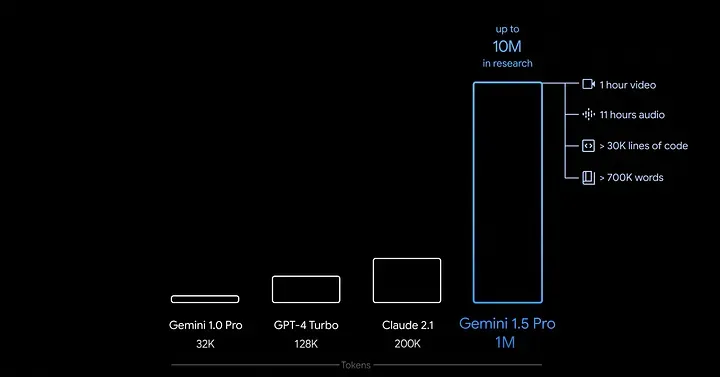
The new version of Gemini, called 1.5 Pro, can handle large amounts of content in memory, up to 1 million. tokens (10 million tokens for research). This means the language model can find specific information in huge amounts of data. An example is a video analysis of Buster Keaton's film "Sherlock Jr.", where the model scanned every image and converted them into tokens. Subsequently, it was possible to search the film for specific information. Watch the video below:
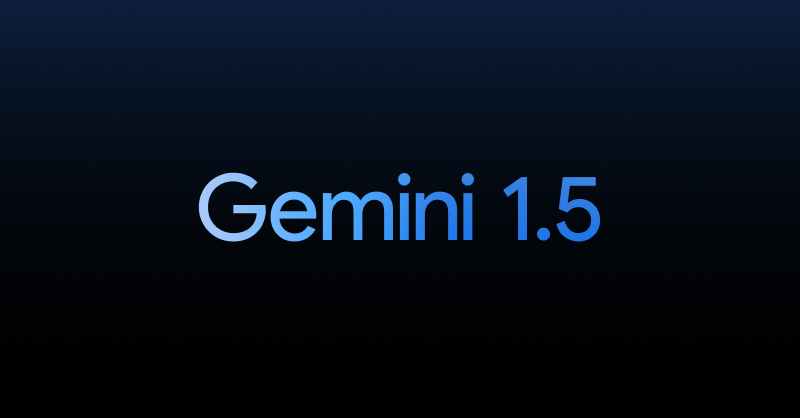
News overview
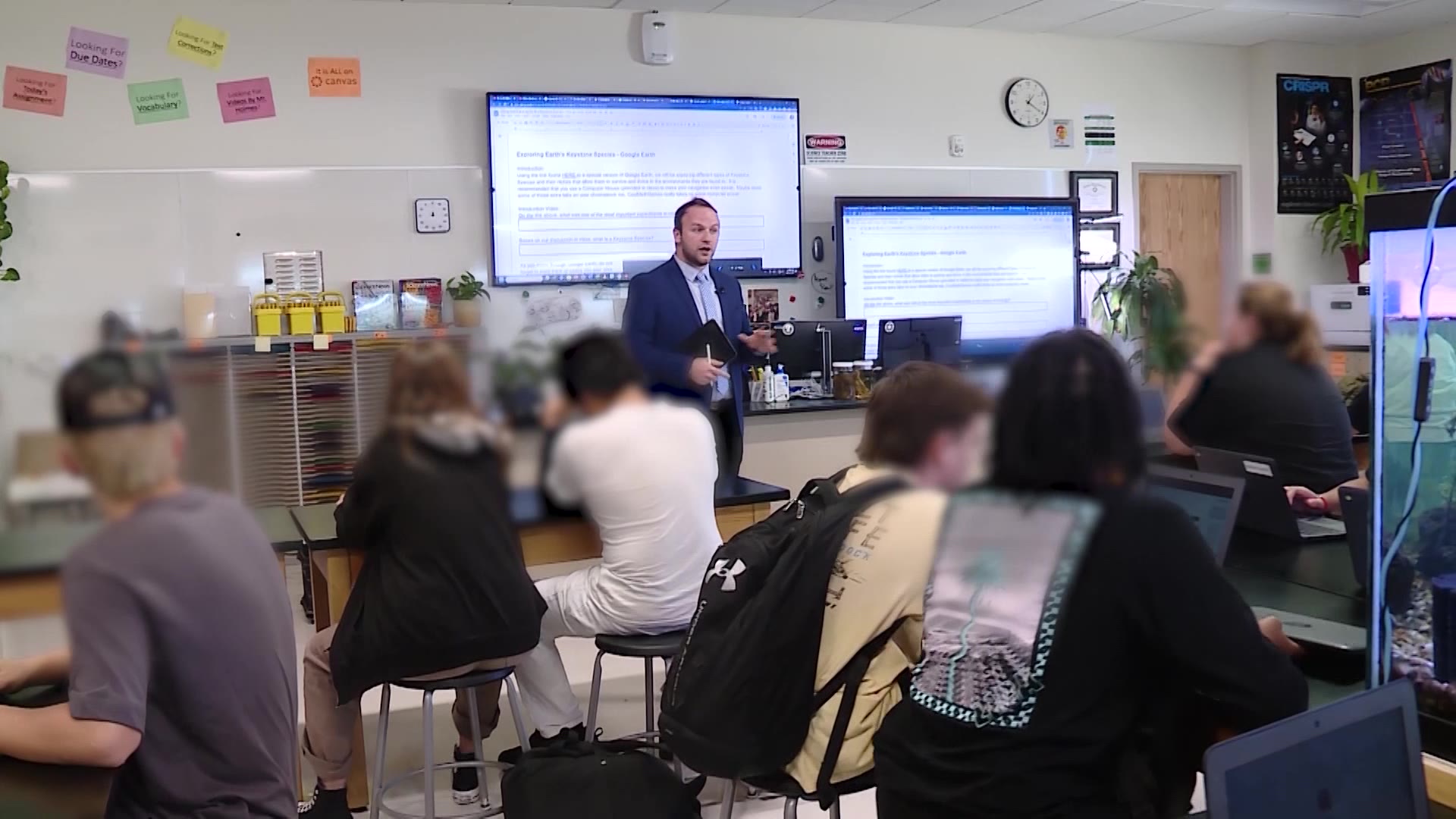
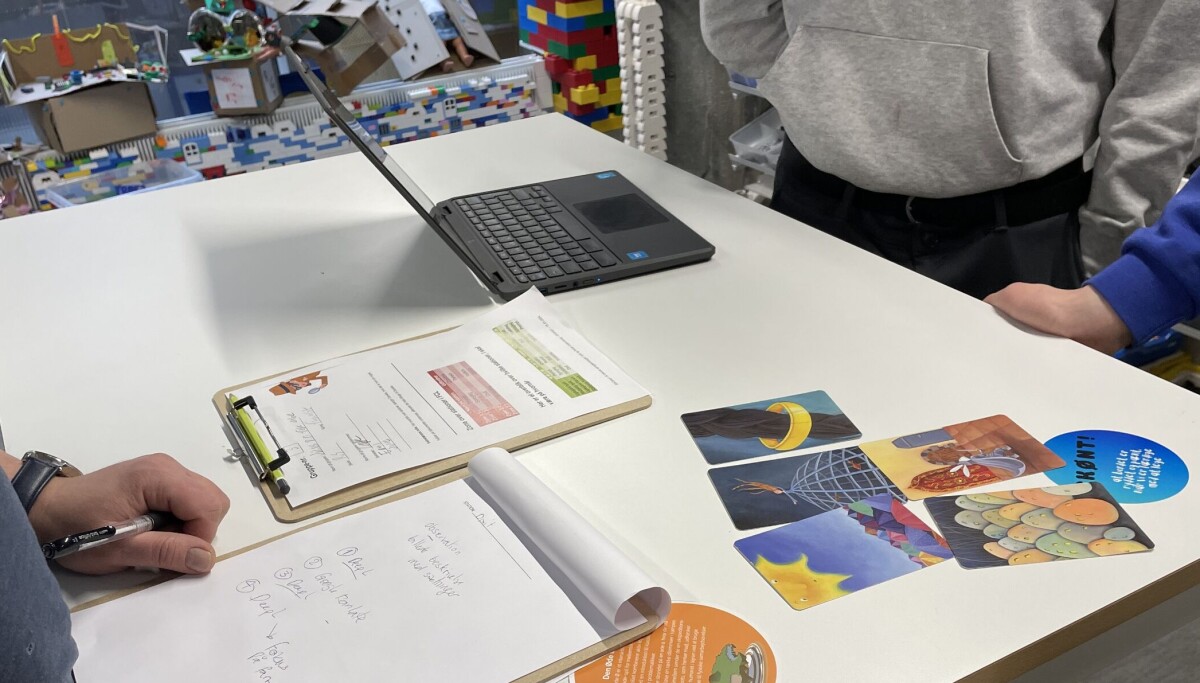
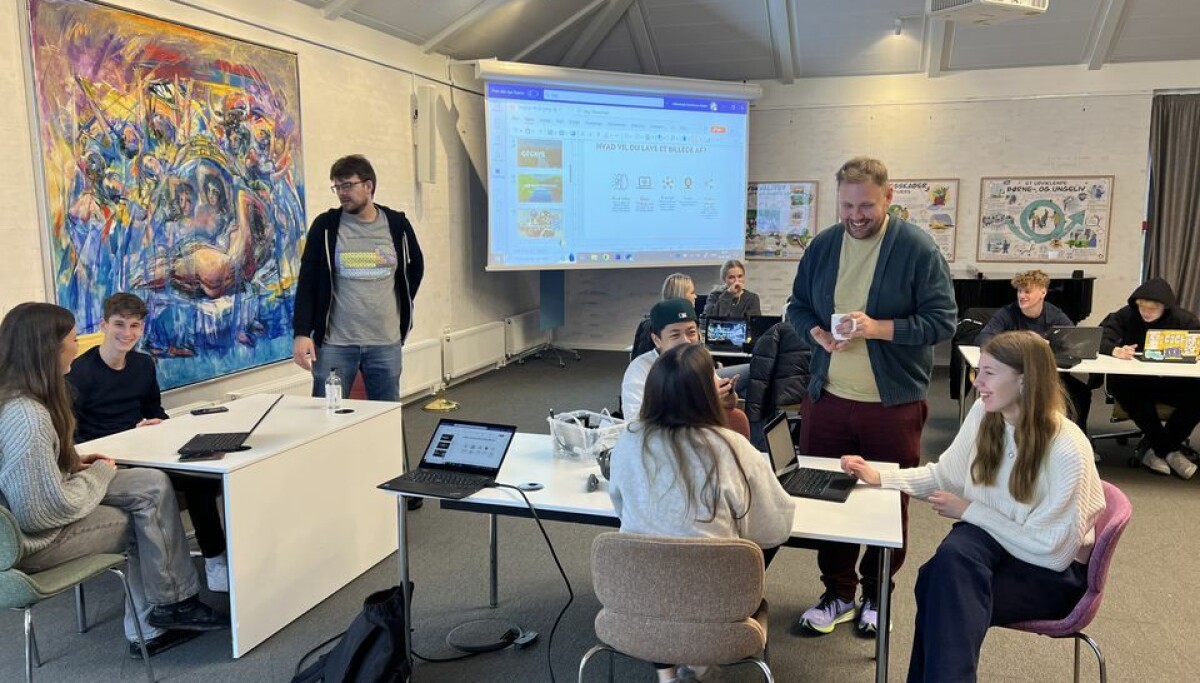

Bag betalingsmur
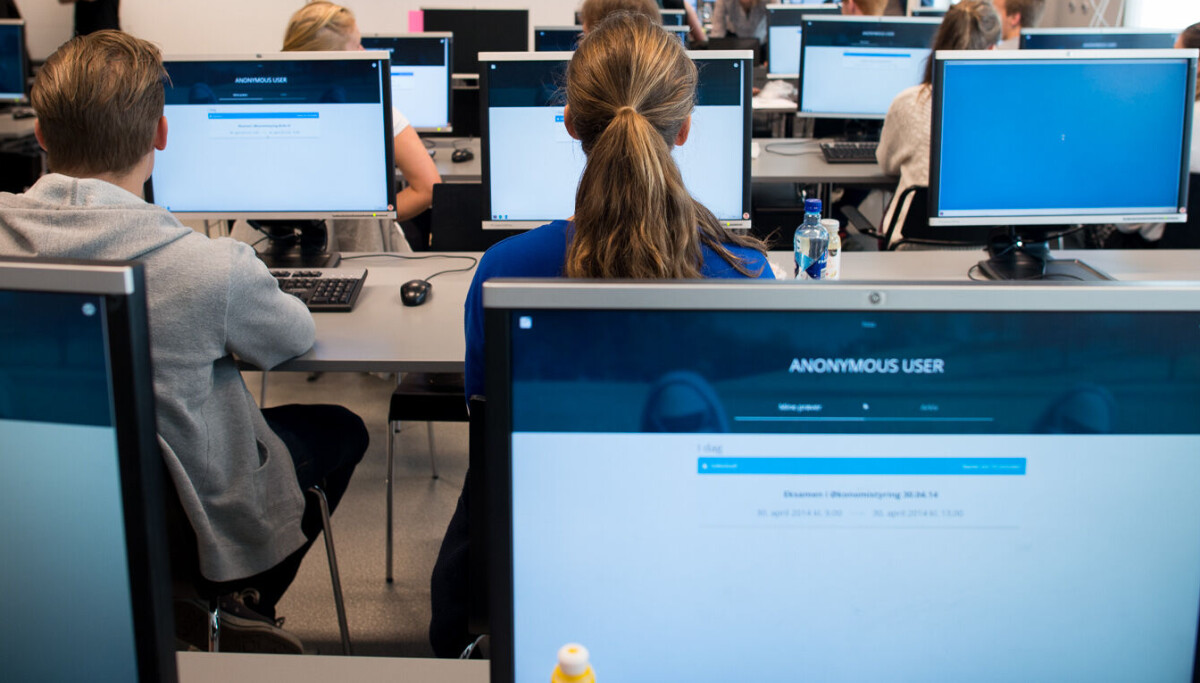
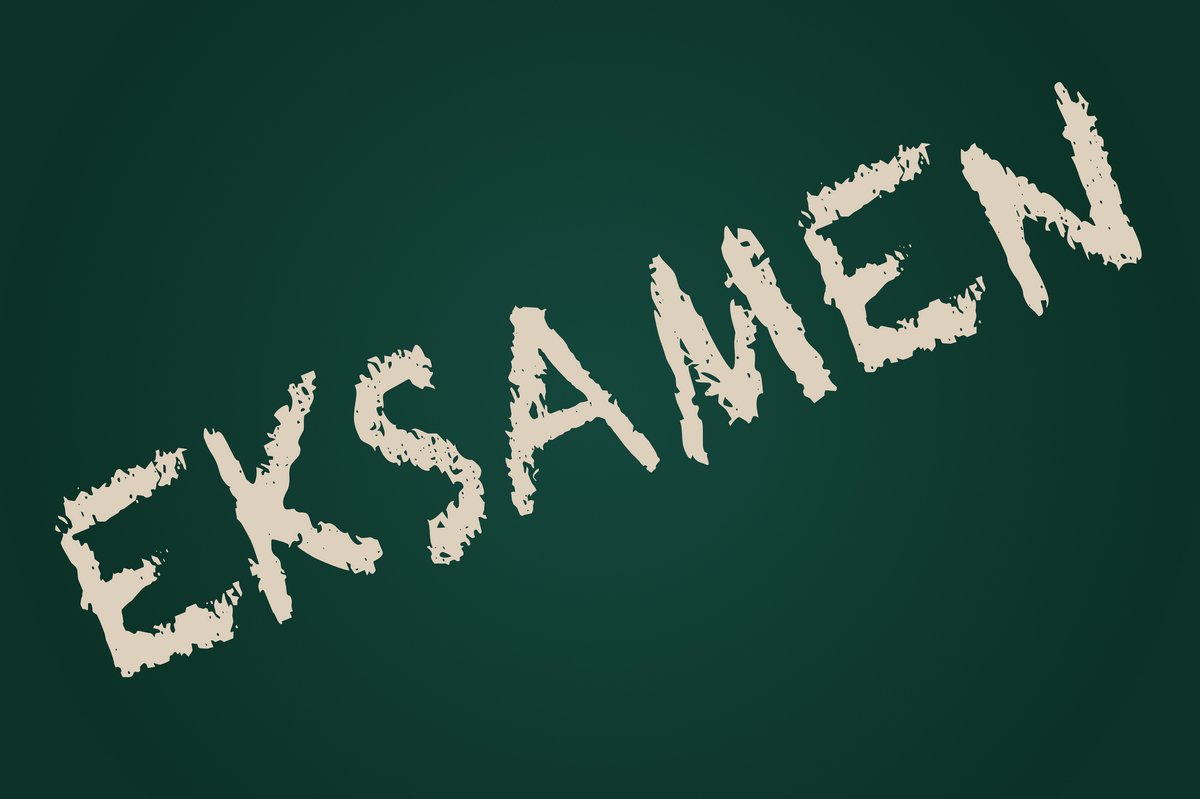

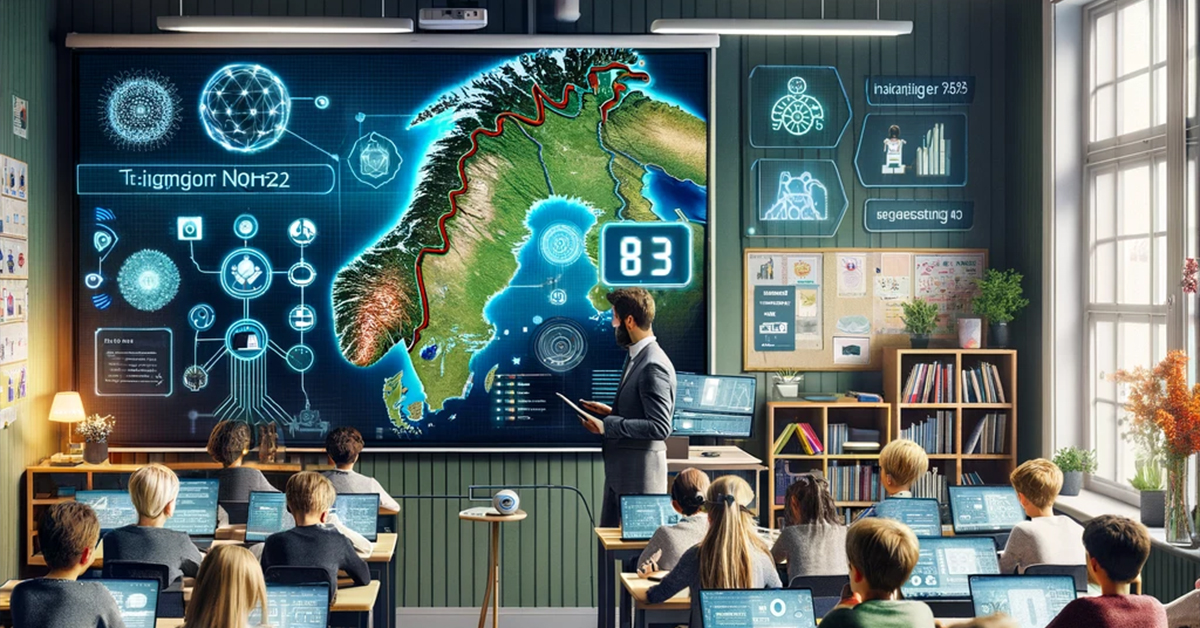
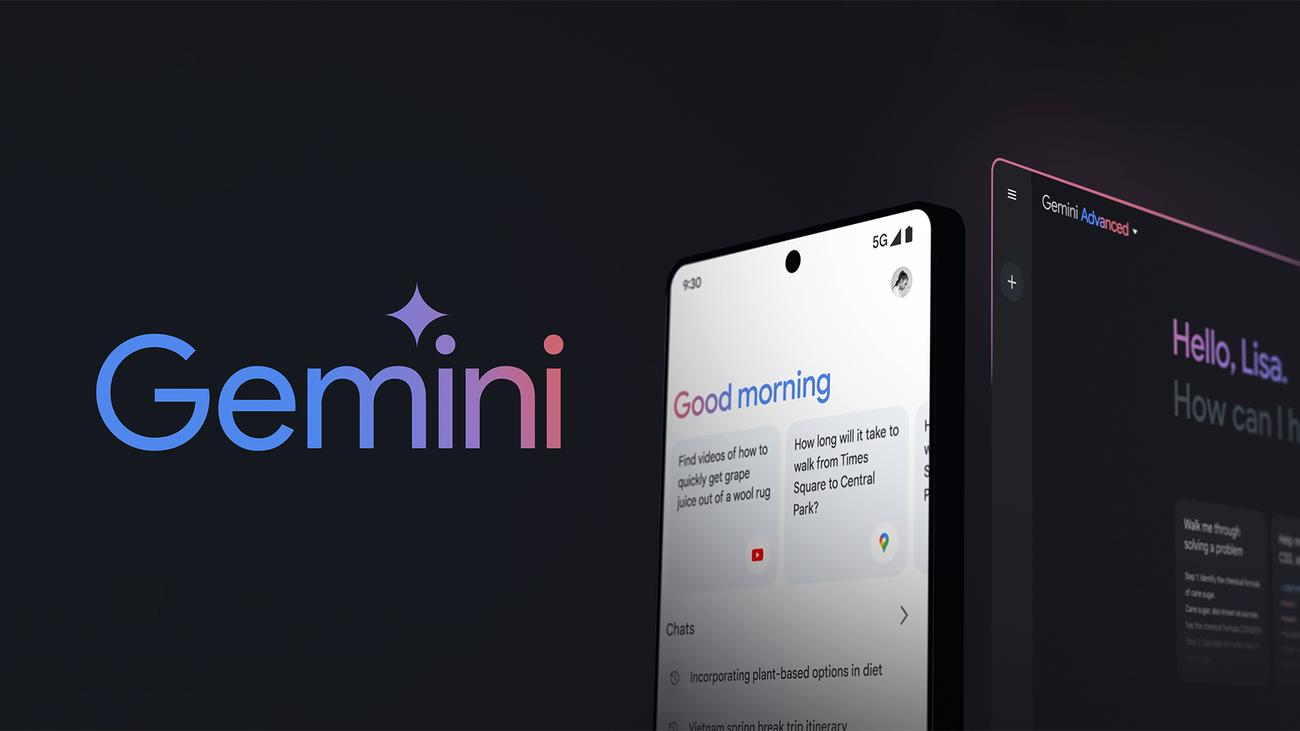
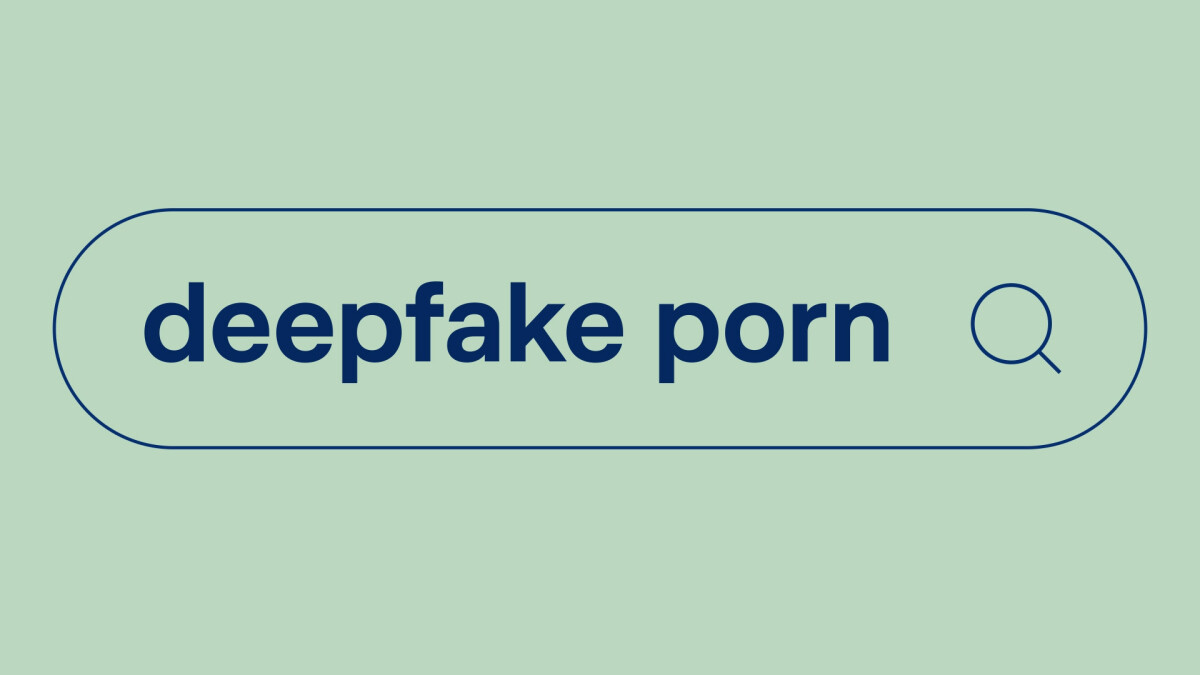

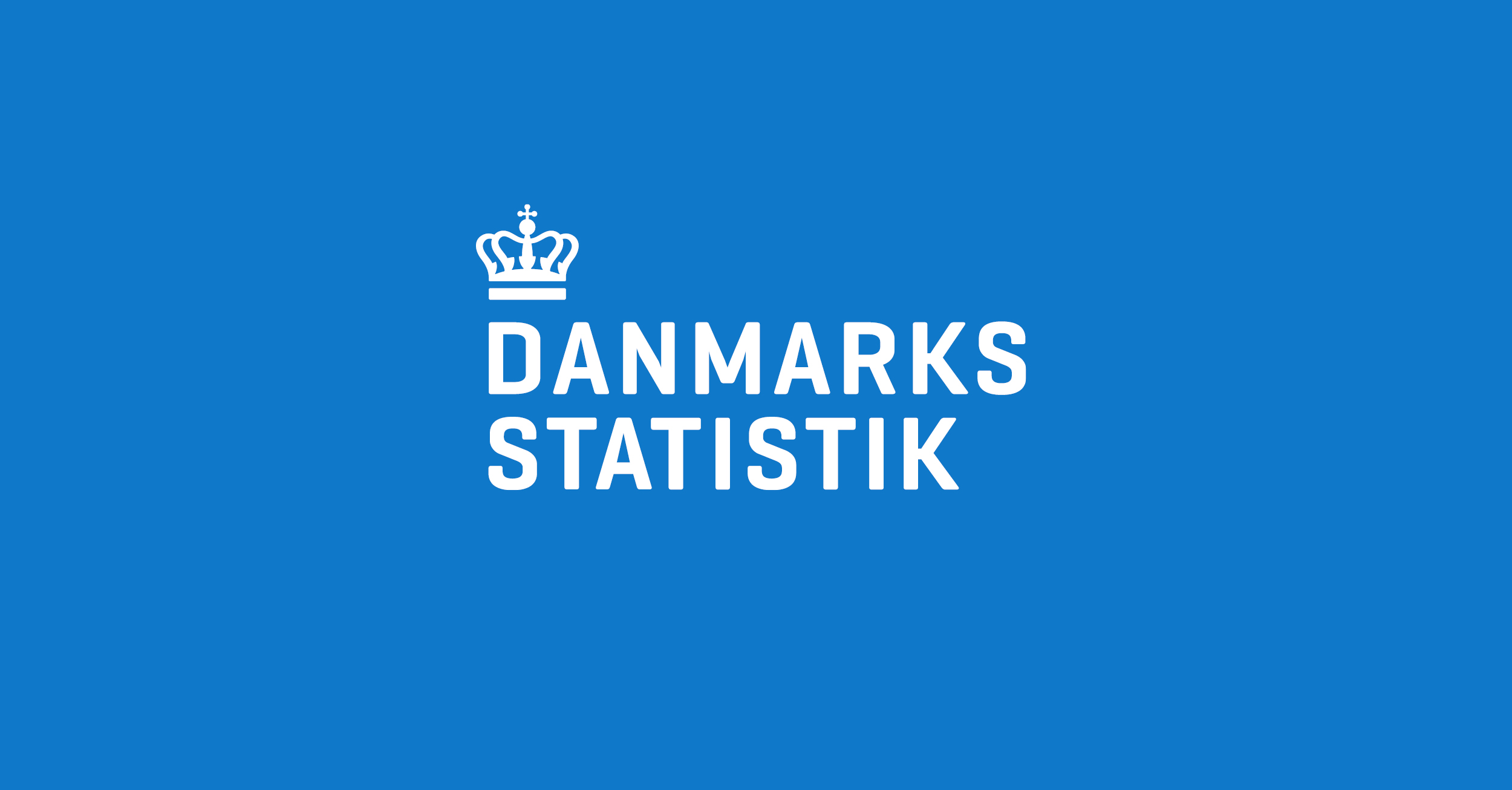
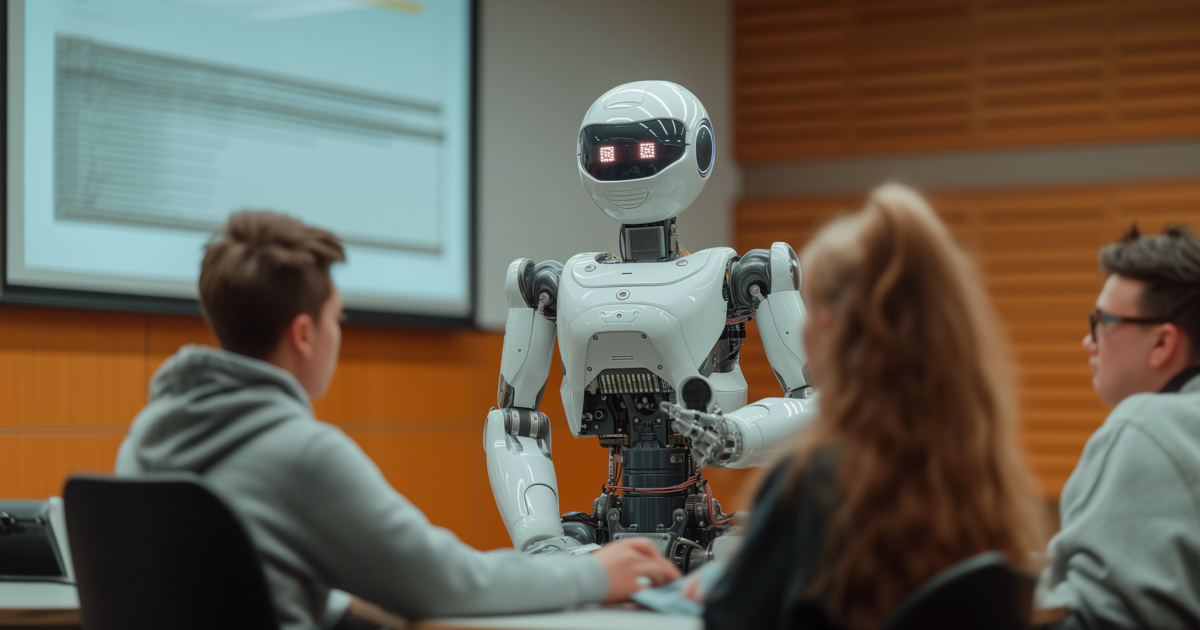
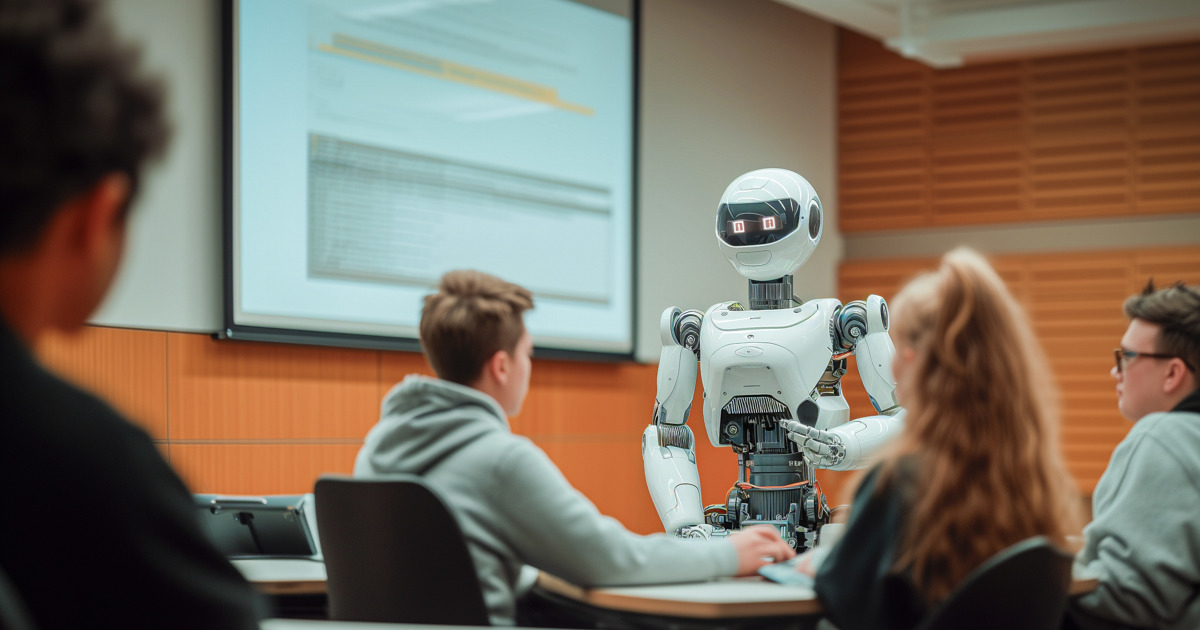


/cdn.vox-cdn.com/uploads/chorus_asset/file/25288452/246992_AI_at_Work_REAL_COST_ECarter.png)
This week's recommendation for the HR department
This article by Josh Bersin looks at the possibility of autonomous learning platforms for enterprises powered by artificial intelligence. The goal is to make knowledge management personal and a user experience enjoyable for employees to further their education. It is possible to complete the company's content dynamic using artificial intelligence and create customized courses that include videos and simulations.
This can mean a significant change in the way companies further train their employees.

